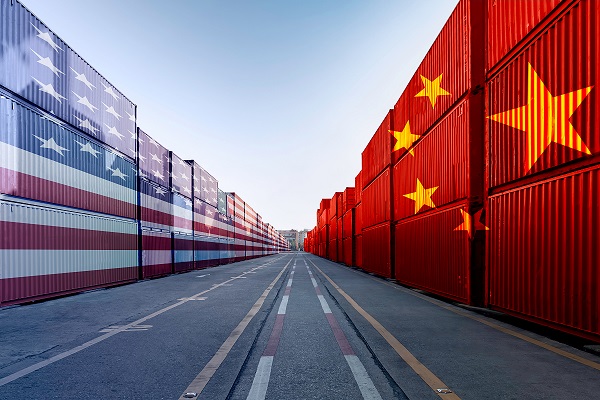We’re often asked how we view potential upcoming tariffs and trade tensions with China. We don’t have a crystal ball, but here are some considerations we try to get people thinking about:
Capacity
On the macro scale, no other country can rival the manufacturing capacity of China. Capacity to manufacture around $3.5 trillion dollars’ worth of goods (China’s reported exports from 2024) isn’t just about having enough factories. In addition to the physical facilities, a large workforce, and the expertise in production processes to run them, there are many other elements needed to manufacture and export at scale: local warehousing, trucking, and logistics providers and the nationwide highway systems they rely on to move goods from factory to port; large ocean ports and the workforce to support then; and government regulations that allow for efficient importing and exporting of goods. The reality is that no other country can currently come close to what China has built up in these areas over decades of supplying the world.
Alternatives
Other countries are also struggling to compete with the low cost of Chinese imports. Chinese suppliers faced with potential tariffs and US-China trade headwinds are looking to develop SE Asian markets as alternatives to the US. They are selling products at low prices to ASEAN member nations like Malaysia and Vietnam, two common alternatives to sourcing from China, causing many local manufacturers in those countries to close shop – putting a drag on the growth trajectory of their nascent manufacturing industries.
See, for example, this article from Channel News Asia, which details the influx of Chinese goods into countries such as Thailand, Vietnam, Indonesia, and Malaysia, and the policies some of their governments are considering in order to protect local manufacturing.
China is also not the only target of upcoming tariffs – see the recent announcement of duties on goods from Canada and Mexico, for example.
Ultimate Recommendations
Macro conditions will continue to favor China manufacturing on the whole, but there will be cases where individual companies will benefit from moving to other countries for certain products. We’ve expanded our sourcing capabilities in countries outside of China in anticipation of upcoming tariffs and sentiment changes, and encourage everyone to explore what makes sense for their products and supply chains.
Ultimately, we recommend finding the best supplier for your product, independent of temporary government policies. This is especially true if custom tooling is required, which will make it more complicated if you need to switch suppliers in the future.
Importing goods is likely to be like navigating a minefield in the coming years, and rather than try to game that system, we recommend focusing on the fundamentals: developing solid partnerships with reliable suppliers and focusing on long-term stability.


